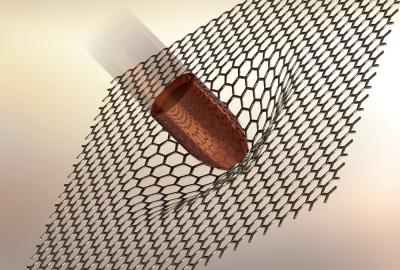SaltX to use graphene to enhance its materials' performance by up to 5 times
SaltX Technology, a Swedish company that develops and sells a technology with which energy can be stored in salt and recovered in the form of heat or cold, has entered into definitive agreements with a graphene company in order to use graphene in its SaltX product.
The idea is to take advantage of graphene's heat conductivity to enhance the performance of the SaltX material by up to five times. The collaboration project starts immediately and is expected to deliver the first batches of graphene material already next year.



